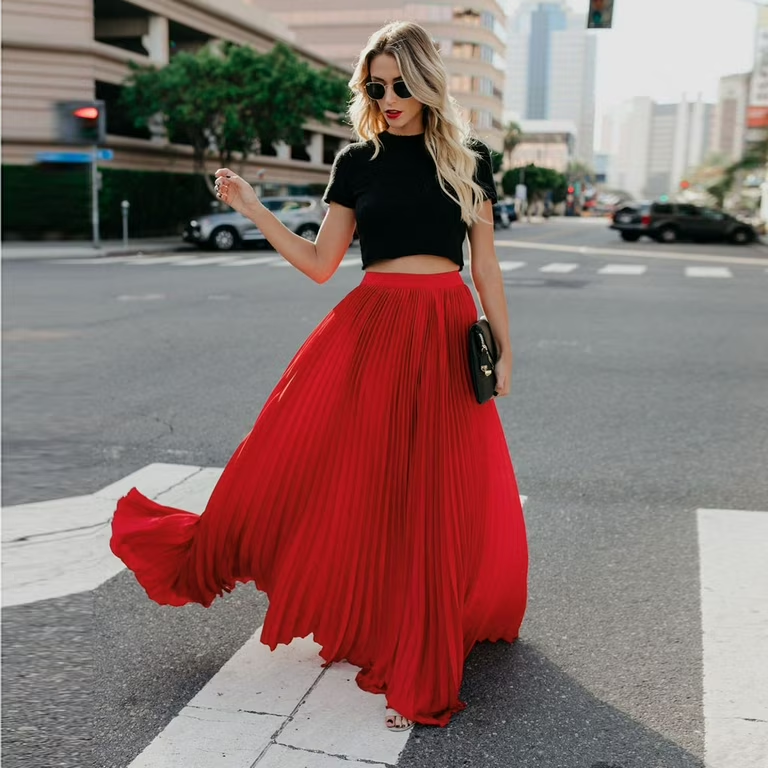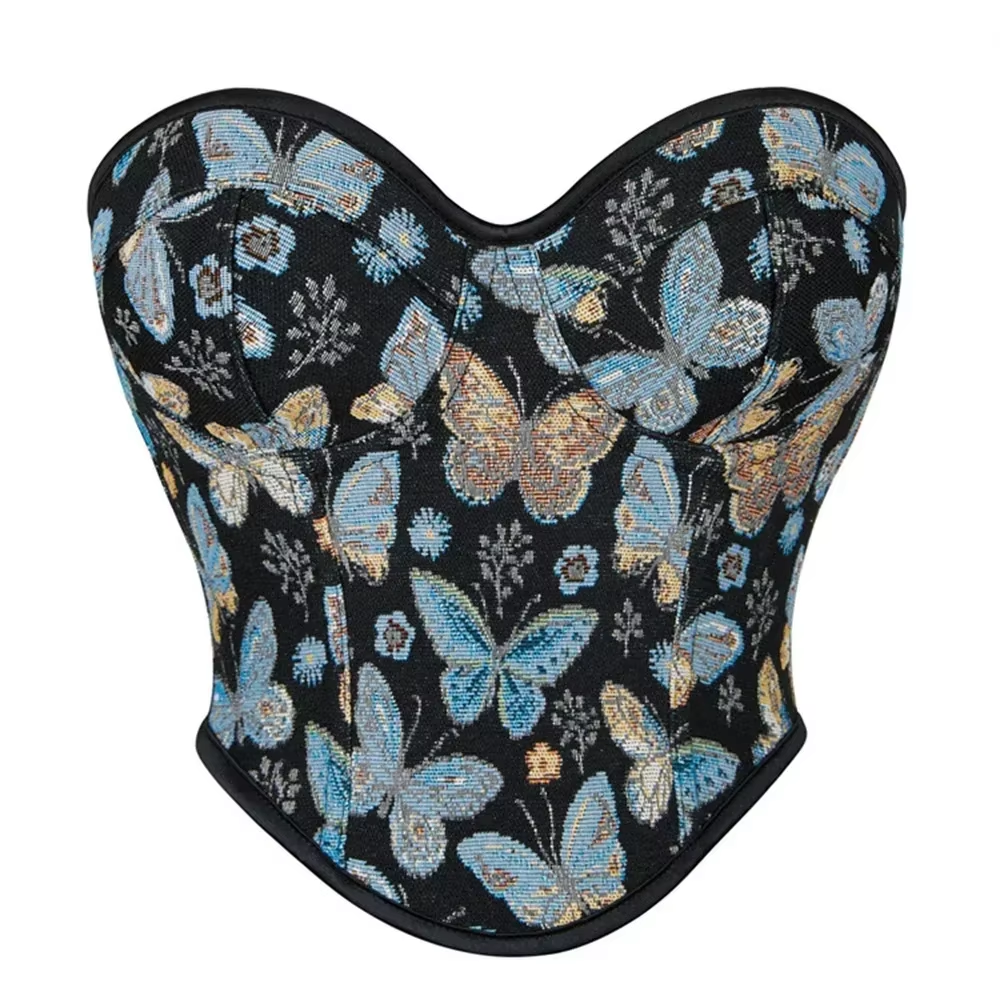Introduction to Skirt Styles
Skirts are a staple in women’s fashion with a variety of styles to choose from. They define femininity, style, and comfort, offering endless possibilities for wardrobe creativity. Skirts have evolved over time, capturing the essence of each fashion era and reflecting cultural changes. In this blog, we’ll take a close look at the different parts of a skirt and how each contributes to the garment’s overall look and feel.
Understanding the anatomy of a skirt is crucial for both fashion enthusiasts and designers. From the waistband to the hemline, every element plays a part in the skirt’s design and functionality. We’ll explore how these parts come together to create a range of styles from simple and understated to bold and extravagant. As we decode the various components of skirts, you’ll gain insight into selecting the perfect skirt that aligns with your personal style and the occasion.
Whether you’re looking for a casual addition to your weekend wardrobe or a statement piece for a special event, knowledge about skirt styles will guide your choices. We’ll cover essential concepts like the impact of a well-fitted waistband, the role of the main body in shaping the garment, and how hemlines can dramatically alter a skirt’s appearance. Stay with us as we delve into the fascinating world of skirts, starting from their uppermost part—the waistband.
The Waistband: Beginning at the Top
The waistband sets the tone for any skirt. It sits at your natural waist. Often, it is either elastic or fitted with zippers or buttons. Its job is to secure the skirt properly. Its width can vary. A wide waistband might provide support or shape. A thinner one could give a sleek look. It changes how you wear your skirt. A high waistband could pair well with tucked-in tops. A lower set one might suit hip-length shirts better. Some skirts have decorative waistbands. Others keep it simple for versatility.
The waistband is the starting point. It connects to the main body of the skirt. From here, designers play with fabric, fit, and style. It can feature belt loops for accessorizing. Its construction affects comfort and appearance. Always check the waistband when trying on skirts. It can define your skirt’s overall fit and look. Ensure it sits comfortably without pinching or gaping.
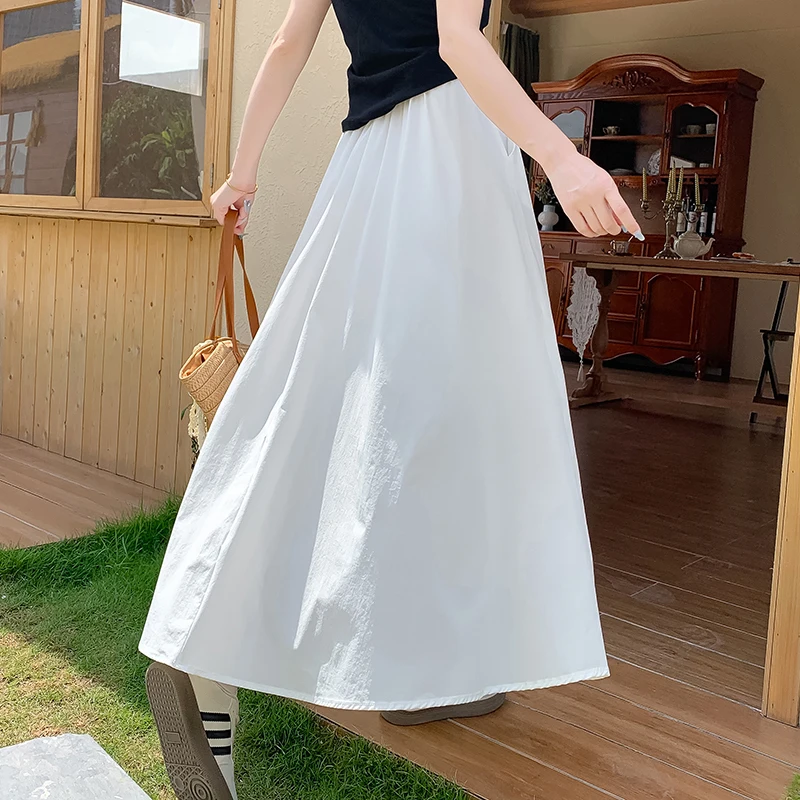 The Main Body: Exploring Varieties
The Main Body: Exploring Varieties
The main body of a skirt is its most substantial part. It defines the skirt’s shape and style. The main body starts from the waistband and extends down to the hem. This part can take various forms, depending on the design. Straight cuts create pencil skirts, which are great for a professional setting. An A-line skirt flares out from the waist, offering a flattering silhouette for many body types. Circle skirts swing playfully with movement due to their circular cut.
For those who favor comfort, wrap skirts can be very accommodating. They wrap around the waist and tie or button on the side. Tube skirts fit snugly as they are often made of stretchy materials. Then there are tiered skirts, which layer horizontal bands of fabric for rustic charm.
Denim skirts are sturdy and casual, made from denim fabric. Leather skirts add an edge and are a staple for fashion-forward looks. For softer and flowier looks, chiffon skirts are an elegant choice. Remember, the fabric choice will affect the skirt’s drape and feel. Whether structured or relaxed, the main body plays a crucial part in expressing personal style through a skirt. When choosing a skirt, consider the cut and fabric of the main body to ensure it meets your fashion needs.
Hemlines and Lengths: From Mini to Maxi
Hemlines and lengths are vital when distinguishing skirt styles. They can shape a wearer’s look and even influence perceptions of formality. Mini skirts, often ending mid-thigh or higher, project a youthful and playful vibe. They suit casual outings and can energize a party ensemble.
Moving slightly down, knee-length skirts achieve a balance between modesty and fashion. They’re versatile for both office wear and casual events. Midi skirts that fall below the knee but above the ankle offer vintage charm. They work well for those seeking elegance without the full coverage of a maxi.
Maxi skirts, reaching down to the floor or ankle, radiate a sense of grace and can be boho, chic, or even glam. Their length makes them suitable for formal occasions. However, they can also adapt to create a relaxed, effortless style for everyday wear.
The hemline is not just about length but also about design. Straight hemlines give skirts a clean and precise edge. Asymmetrical hems, where the skirt is longer in some areas, add a modern twist. High-low skirts, shorter in front and longer in the back, blend playfulness with sophistication.
The hem finishes a skirt and can make a statement all on its own. From the practical straight cuts to the flirty ruffles, hemlines personalize the parts of a skirt. Whether you choose mini, knee-length, midi, or maxi, the hemline can significantly impact your skirt’s overall impression.
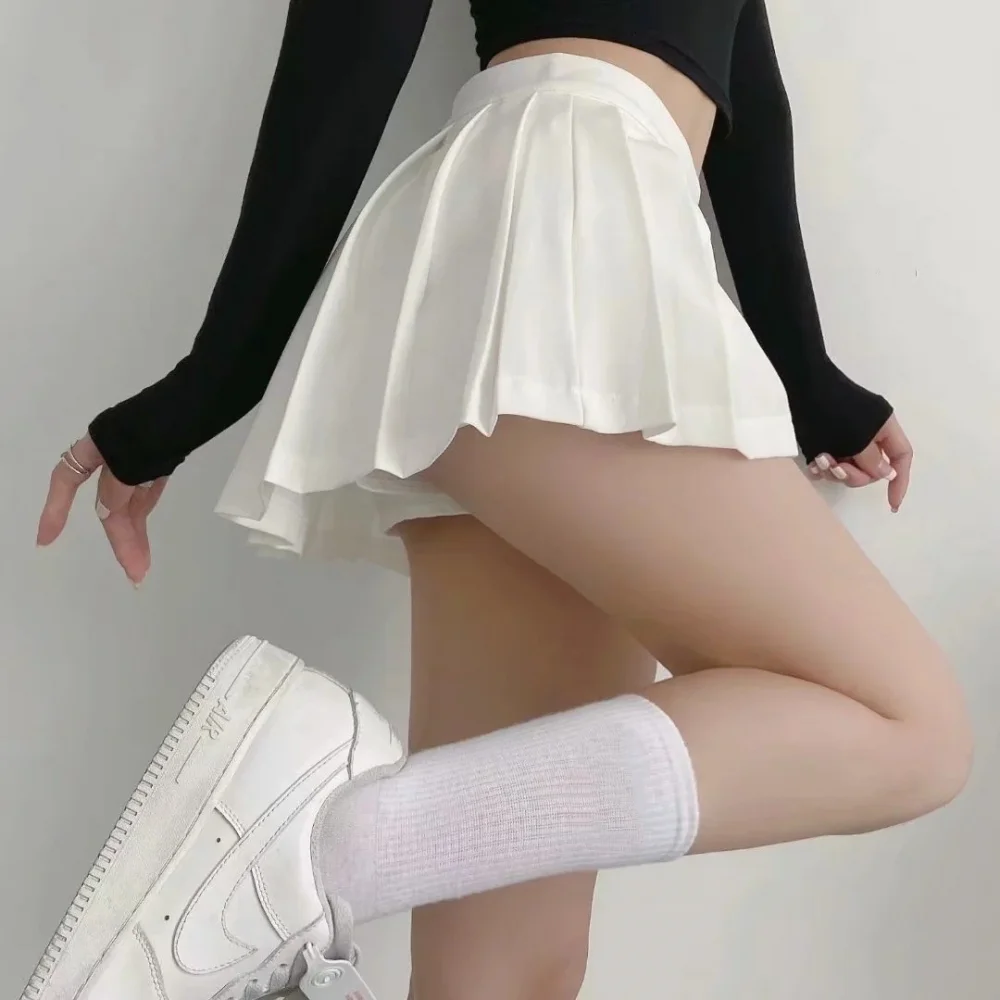 Adding Fullness: Pleats, Gathers, and More
Adding Fullness: Pleats, Gathers, and More
Fullness adds volume and shape to skirts, making them versatile for many body types. Pleats are folds of fabric sewn down at the top. They give a classic, tailored look to skirts. Box pleats are wide and flat. Knife pleats are sharp and narrow, offering a neat appearance. Accordion pleats are finely spaced, flexible, and dance with each step.
Gathers involve pulling up the fabric and securing it at the waistband. They create a soft, full silhouette. Gathers suit casual and formal skirts alike, providing a feminine touch. The fabric bunches up gracefully, adjusting to movement.
Layering fabric segments adds fullness too. Tiered skirts use this technique for a playful, bohemian effect. Layers add dimension and can coincide with different lengths. Tulle or crinoline underlayers elevate the skirt’s body, perfect for special occasions.
Add fullness through different techniques to change a skirt’s character. Experiment with pleats, gathers, and layers to find your preferred style. Each of these design elements contributes to the skirt’s overall aesthetic and feel. When trying on skirts, consider how these parts of a skirt enhance your shape and fit into your wardrobe.
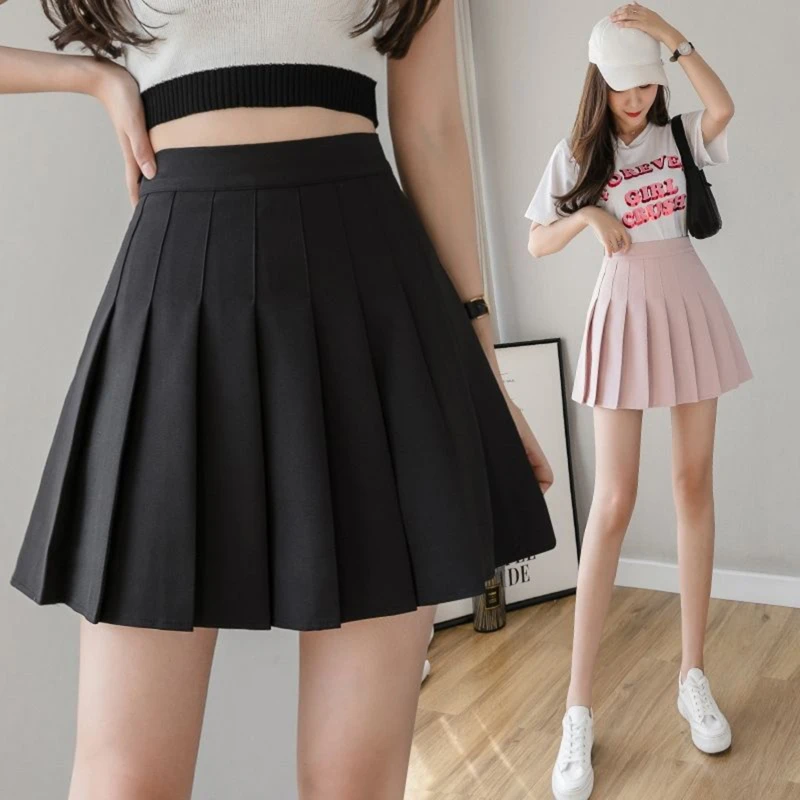 Trimmings and Embellishments: Personalizing Your Skirt
Trimmings and Embellishments: Personalizing Your Skirt
Trimmings and embellishments are key for adding a personal touch to skirts. They come in various forms, each with its own impact on style. Lace trimmings bring a romantic flair, perfect for special occasions or adding a feminine touch. Sequins and beads turn a simple skirt into a statement piece for a night out. Embroidery can introduce a traditional or cultural element to the garment, giving it a unique character.
Ruffles and frills offer a playful vibe, great for a flirty, youthful look. Ribbons and bows can be strategically placed for a sweet, delicate appearance. For those who enjoy a bohemian vibe, tassels and fringes add movement and a free-spirited feel to the skirt.
Patches are a fun way to customize skirts, showcasing personal interests or fashion statements. Even practical elements like pockets can be designed as decorative features, blending functionality with style.
Appliqués are another exciting option, allowing for creative patterns and designs to be added to a skirt. They can be bold or subtle, depending on their size and placement, and may feature anything from floral designs to abstract shapes.
By choosing the right trimmings and embellishments, you can transform the look of a skirt. These details reflect your personal style and take an ordinary skirt to the next level. Whether you opt for simplicity or decide to make a bold statement, remember that each added element contributes to the skirt’s final charm.
Skirt Structures: Simple to Intricate
Skirt structures range from fuss-free to complex designs. The simplest form, known as plain skirts, boasts a no-frills style that focuses on functionality. They offer a clean canvas for casual wear or for pairing with bold accessories. On the other hand, intricate skirts feature multiple components that elevate their aesthetic. For example, a paneled skirt includes sections of fabric sewn together, often to create a specific silhouette or to add interest with contrasting materials.
Tiered skirts, an intricate option, layer multiple bands of fabric. Each layer adds volume and a playful touch. These skirts move beautifully and suit bohemian looks. Sarong skirts, inspired by traditional fashions, wrap and tie at the waist. They often have intricate prints and tie in a knot, offering an exotic feel.
Skirts can also be structured with supportive foundations like petticoats. Petticoats provide shape and volume, especially in full skirts that fall to the floor. These are typically found in formal attire, like ball gowns, adding dramatic flair for special events.
The construction of the skirt can vary too. Some have hidden support like boning in the waist to maintain a precise shape. Others may include pockets for convenience without compromising style. The lining of a skirt plays a part as well, with silk or satin linings providing a luxurious feel.
In summary, skirt structures can be as straightforward or as detailed as you wish. Choose simple skirts for daily wear and intricate designs for statement-making outfits. Each skirt type has a unique character, adding diversity to women’s fashion. When selecting a skirt, consider how its structure complements your style and the occasion.
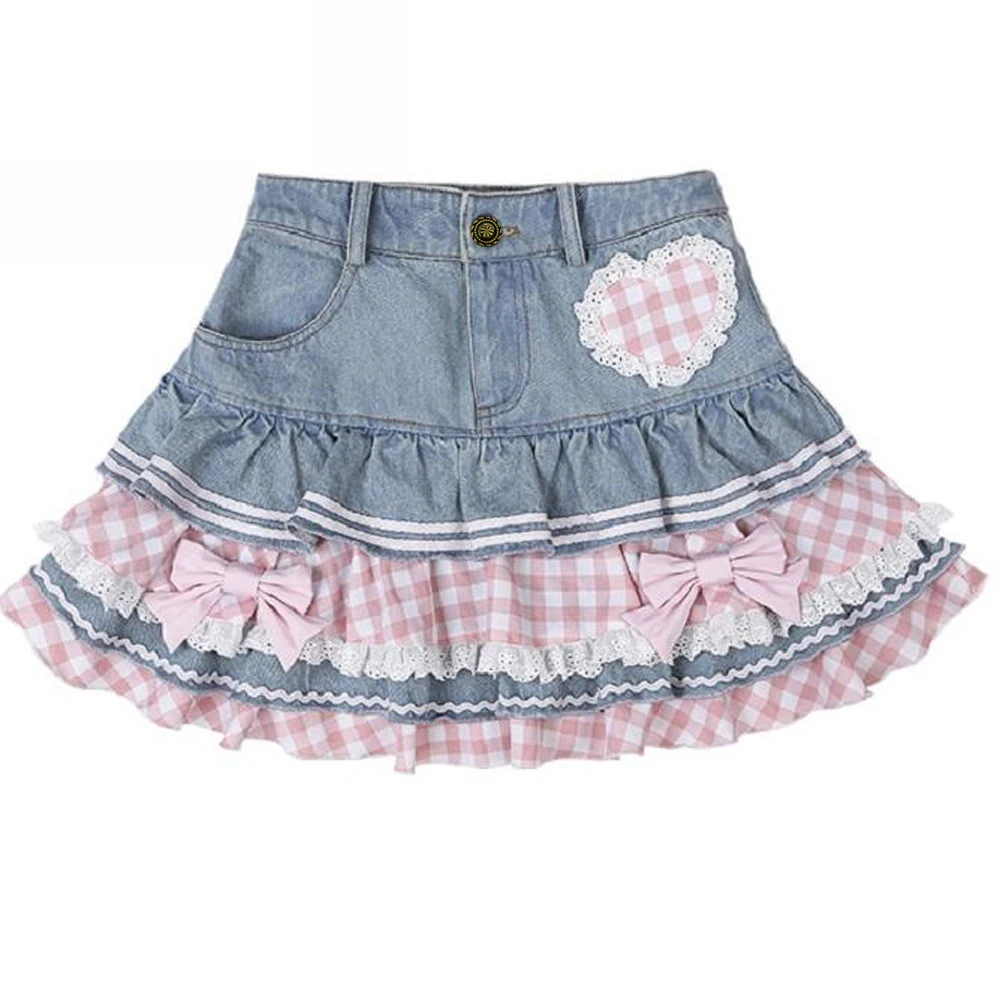 Frequently Asked Questions (FAQ)
Frequently Asked Questions (FAQ)
What are the main parts of a skirt?
The main parts of a skirt include the waistband, main fabric body, rise, length, silhouette, closure (such as zippers or buttons), hemline, edging, and detailing like pockets or ruffles. Each part plays a crucial role in the skirt’s design, fit, and functionality.
How do different waistband types affect the fit of a skirt?
Different waistband types, such as elastic, structured, wrap, and pleated, affect the skirt’s fit and comfort. An elastic waistband offers flexibility and comfort, while a structured waistband provides a more polished and firm hold. Wrap waistbands allow adjustability, and pleated waistbands add volume and movement.
What fabric is best for a summer skirt?
Lightweight fabrics like chiffon, linen, and cotton are
ideal for summer skirts. These materials are breathable, cool, and comfortable, making them perfect for warm weather and casual, flowy styles.
How can I choose the right skirt length for my body type?
Choosing the right skirt length depends on your body type and personal style. Mini skirts can elongate the legs, making them ideal for petite frames. Midi skirts offer a balanced look suitable for most body types, while maxi skirts provide a graceful and flattering silhouette for taller individuals.
Are there skirts designed specifically for certain activities?
Yes, skirts are designed for various activities. For example, athletic skirts with stretch fabrics are ideal for active wear, while tailored skirts are perfect for professional settings. Casual skirts are versatile for everyday wear, and evening skirts with embellishments are suitable for formal occasions.
How do I care for different types of skirts?
Care for skirts depends on the fabric. Cotton and linen skirts can usually be machine washed, while delicate fabrics like silk and chiffon require hand washing or dry cleaning. Always check the care label and follow the recommended instructions to maintain the skirt’s quality and longevity.
Can skirts be worn year-round?
Yes, skirts can be worn year-round with appropriate layering. Lightweight skirts are perfect for summer, while heavier skirts can be paired with tights and sweaters for winter. Midi and pencil skirts offer versatility for all seasons, making skirts a year-round wardrobe staple.
What accessories pair well with skirts?
Accessories such as belts, scarves, jewelry, and shoes can enhance the look of skirts. Belts can define the waist, while scarves add a touch of style. Jewelry, like statement necklaces or earrings, can elevate the outfit, and the choice of shoes—boots, heels, flats, or sneakers—can change the overall vibe of the skirt ensemble.
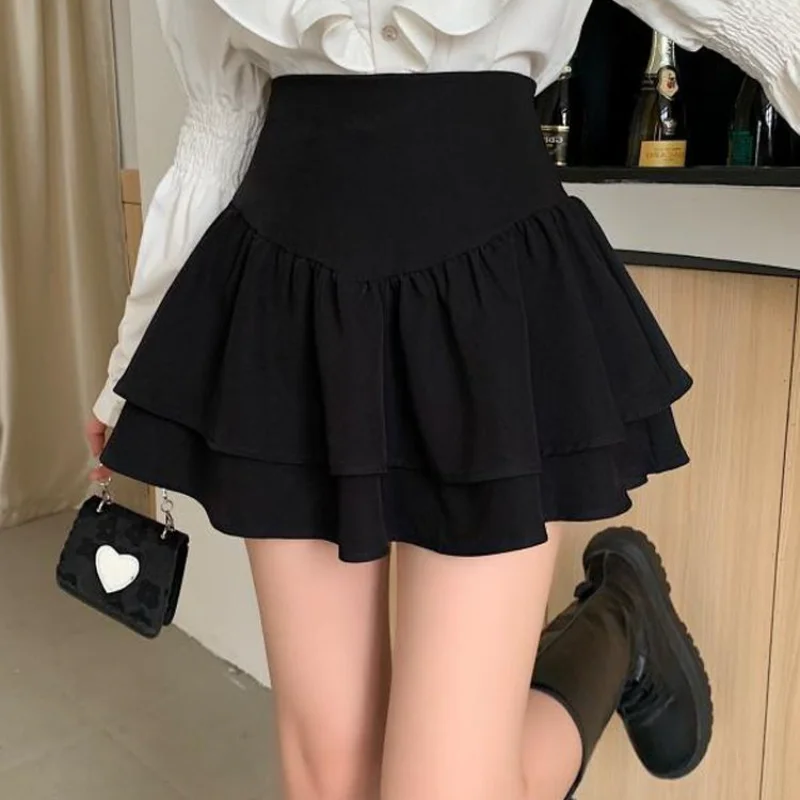 Conclusion
Conclusion
Understanding the parts of a skirt is essential for anyone looking to elevate their fashion sense and make informed choices when selecting skirts. From the foundational waistband to the intricate details like hems and closures, each component contributes to the skirt’s functionality and style. By familiarizing yourself with these parts, you can better identify what to look for when shopping, ensure a perfect fit, and create balanced and versatile outfits that enhance your personal style. Whether you are dressing for a casual day, professional meetings, or special occasions, knowing the different parts of a skirt empowers you to choose pieces that not only look great but also provide the comfort and functionality you need. Embrace the knowledge of skirt construction and transform your wardrobe with pieces that are both stylish and practical, ensuring you always have the perfect skirt for any occasion.
